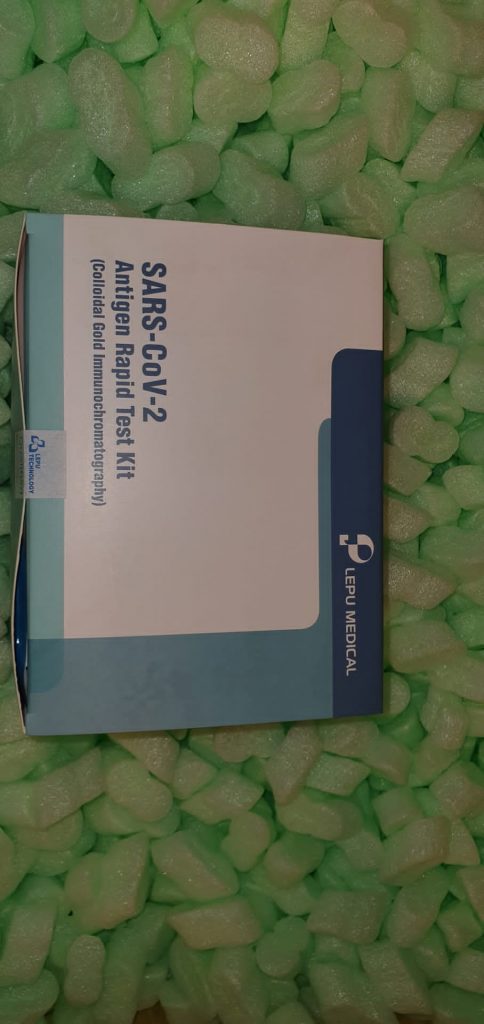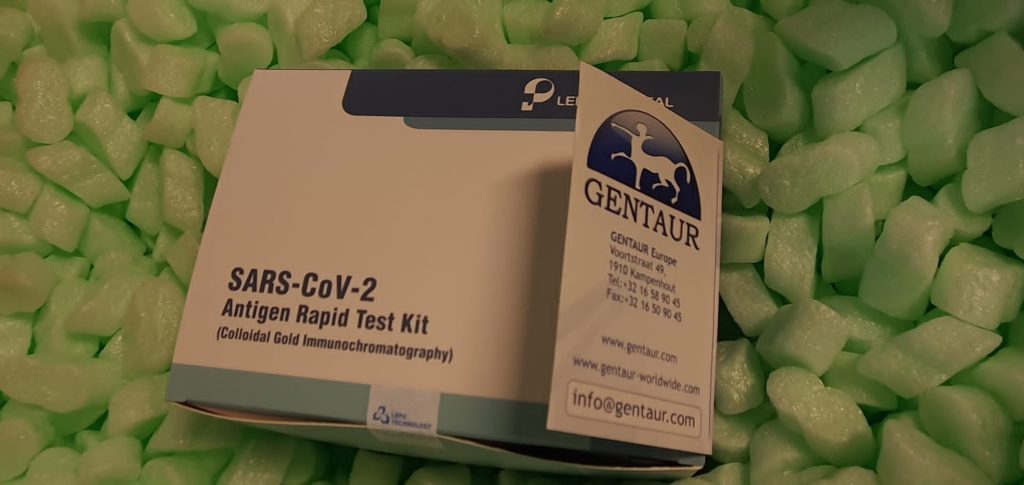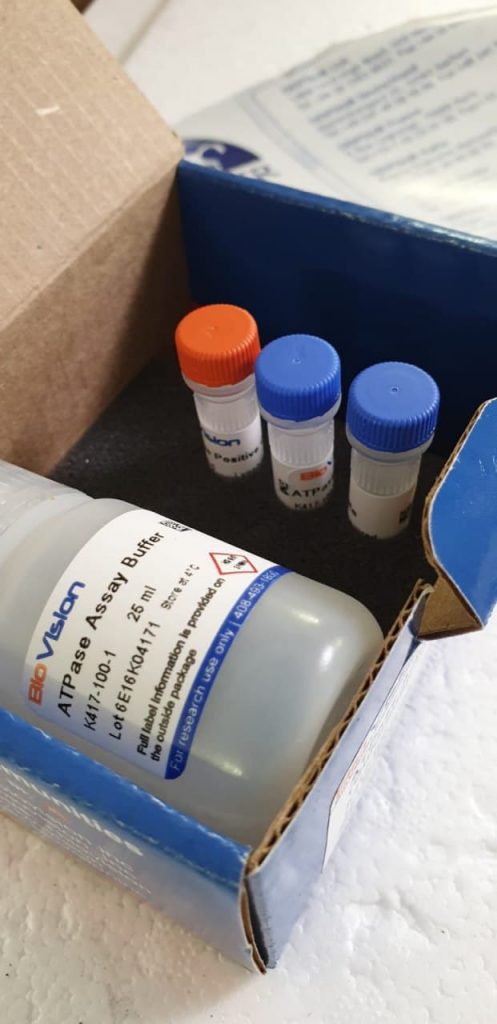The distinct function of hepatitis C virus (HCV) an infection is a excessive incidence of chronicity. The purpose for continual HCV an infection has been actively investigated, and impairment of innate and adaptive immune responses towards HCV is proposed as a believable trigger. Whereas functional impairment of HCV-specific T cells is nicely characterised, the function and functional standing of natural killer (NK) cells in every part of HCV an infection are nonetheless elusive.

We subsequently investigated whether or not direct interplay between NK cells and HCV-infected cells modulates NK cell perform. HCV-permissive human hepatoma cell traces have been contaminated with cell culture-generated HCV virions and cocultured with major human NK cells.
Cell-to-cell contact between NK cells and HCV-infected cells decreased NK cells’ capacity to degranulate and lyse goal cells, particularly within the CD56(dim) NK cell subset, which is characterised by low-density floor expression of CD56. The lower in degranulation capacity was correlated with downregulated expression of NK cell-activating receptors, similar to NKG2D and NKp30, on NK cells.
The capacity of NK cells to supply and secrete gamma interferon (IFN-γ) additionally diminished after publicity to HCV-infected cells. The decline of IFN-γ manufacturing was constant with the discount of NK cell degranulation.
In conclusion, cell-to-cell contact with HCV-infected cells negatively modulated functional capacity of NK cells, and the inhibition of NK cell perform was related with downregulation of NK-activating receptors on NK cell surfaces. These observations counsel that direct cell-to-cell interplay between NK cells and HCV-infected hepatocytes could impair NK cell perform in vivo and thereby contribute to the institution of continual an infection.
Acute GVHD in sufferers receiving IL-15/4-1BBL activated NK cells following T-cell-depleted stem cell transplantation
Natural killer (NK) cells can improve engraftment and mediate graft-versus-leukemia following allogeneic hematopoietic stem cell transplantation (HSCT), however the efficiency of graft-versus-leukemia mediated by naturally reconstituting NK cells following HSCT is proscribed. Preclinical research show that activation of NK cells utilizing interleukin-15 (IL-15) plus 4-1BBL upregulates activating receptor expression and augments killing capacity.
In an effort to amplify the helpful results of NK cells post-HSCT, we carried out a first-in-human trial of adoptive switch of donor-derived IL-15/4-1BBL-activated NK cells (aNK-DLI) following HLA-matched, T-cell-depleted (1-2 × 10(4) T cells/kg) nonmyeloablative peripheral blood stem cell transplantation in youngsters and younger adults with ultra-high-risk strong tumors.
aNK-DLI have been CD3(+)-depleted, CD56(+)-selected lymphocytes, cultured for 9 to 11 days with recombinant human IL-15 plus 4-1BBL(+)IL-15Rα(+) synthetic antigen-presenting cells. aNK-DLI demonstrated potent killing capacity and displayed excessive ranges of activating receptor expression.
Five of 9 transplant recipients skilled acute graft-versus-host illness (GVHD) following aNK-DLI, with grade Four GVHD noticed in three topics. GVHD was extra frequent in matched unrelated donor vs matched sibling donor recipients and was related with increased donor CD3 chimerism. Given that the T-cell dose was beneath the brink required for GVHD on this setting, we conclude that aNK-DLI contributed to the acute GVHD noticed, seemingly by augmenting underlying T-cell alloreactivity. This trial was registered at www.clinicaltrials.gov as #NCT01287104.
Immune and hemorheological adjustments in continual fatigue syndrome
hronic Fatigue Syndrome (CFS) is a multifactorial dysfunction that impacts varied physiological programs together with immune and neurological programs. The immune system has been considerably examined in CFS with equivocal outcomes, nonetheless, little is thought concerning the function of neutrophils and natural killer (NK) phenotypes within the pathomechanism of this dysfunction.
Additionally the function of erythrocyte rheological traits in CFS has not been absolutely expounded. The goal of this current research was to find out deficiencies in lymphocyte perform and erythrocyte rheology in CFS sufferers.METHODSFlow cytometric measurements have been carried out for neutrophil perform, lymphocyte numbers, NK phenotypes (CD56(dim)CD16(+) and CD56(vivid)CD16(-)) and NK cytotoxic exercise. Erythrocyte aggregation, deformability and fibrinogen ranges have been additionally assessed.RESULTSCFS sufferers (n = 10) had vital decreases in neutrophil respiratory burst, NK cytotoxic exercise and CD56(vivid)CD16(-) NK phenotypes compared to wholesome controls (n = 10).
However, hemorheological attribute, aggregation, deformability, fibrinogen, lymphocyte numbers and CD56(dim)CD16(+) NK cells have been related between the 2 teams.CONCLUSIONSThese outcomes point out immune dysfunction as potential contributors to the mechanism of CFS, as indicated by decreases in neutrophil respiratory burst, NK cell exercise and NK phenotypes. Thus, immune cell perform and phenotypes could also be vital diagnostic markers for CFS. The absence of rheological adjustments could point out no abnormalities in erythrocytes of CFS sufferers.
Toll-like receptor (TLR) agonists are potent enhancers of innate antiviral immunity and may additionally reverse HIV-1 latency. Therefore, TLR agonists have a possible function within the context of a “shock-and-kill” strategy to eradicate HIV-1. Our in depth preclinical analysis suggests {that a} novel TLR9 agonist, MGN1703, could certainly carry out each capabilities in an HIV-1 eradication trial.
Peripheral blood mononuclear cells (PBMCs) from aviremic HIV-1-infected donors on antiretroviral remedy (ART) that have been incubated with MGN1703 ex vivo exhibited elevated secretion of interferon alpha (IFN-α) (P= 0.005) and CXCL10 (P= 0.0005) in tradition supernatants. Within the incubated PBMC pool, there have been increased proportions of CD69-positive CD56(dim)CD16(+)NK cells (P= 0.001) in addition to increased proportions of CD107a-positive (P= 0.002) and IFN-γ-producing (P= 0.038) NK cells.
Incubation with MGN1703 additionally elevated the proportions of CD69-expressing CD4(+)and CD8(+)T cells. Furthermore, CD4(+)T cells inside the pool of MGN1703-incubated PBMCs confirmed enhanced ranges of unspliced HIV-1 RNA (P= 0.036). Importantly, MGN1703 elevated the capacity of NK cells to inhibit virus unfold inside a tradition of autologous CD4(+)T cells assessed through the use of an HIV-1 p24 enzyme-linked immunosorbent assay (ELISA) (P= 0.03).
In conclusion, we present that MGN1703 induced sturdy antiviral innate immune responses, enhanced HIV-1 transcription, and boosted NK cell-mediated suppression of HIV-1 an infection in autologous CD4(+)T cells.
These findings help medical testing of MGN1703 in HIV-1 eradication trials.OBJECTIVEWe show that MGN1703 (a TLR9 agonist at the moment present process part three medical testing for the remedy of metastatic colorectal most cancers) induces potent antiviral responses in immune effector cells from HIV-1-infected people on suppressive antiretroviral remedy.
The considerably improved security and tolerability profiles of MGN1703 versus TLR9 agonists of the CpG-oligodeoxynucleotide (CpG-ODN) household are as a result of its novel “dumbbell-shape” construction made of covalently closed, natural DNA.
In our research, we discovered that incubation of peripheral blood mononuclear cells with MGN1703 ends in natural killer cell activation and elevated natural killer cell perform, which considerably inhibited the unfold of HIV in a tradition of autologous CD4(+)T cells. Furthermore, we found that MGN1703-mediated activation can improve HIV-1 transcription in CD4(+)T cells, suggesting that this molecule could serve a twin function in HIV-1 eradication remedy: enhanced immune perform and latency reversal. These findings present a robust preclinical foundation for the inclusion of MGN1703 in an HIV eradication medical trial.
Degenerate recognition of MHC class I molecules with Bw4 and Bw6 motifs by a killer cell Ig-like receptor 3DL expressed by macaque NK cells
The killer cell Ig-like receptors (KIRs) expressed on the floor of NK cells acknowledge particular MHC class I (MHC-I) molecules and regulate NK cell actions towards pathogen-infected cells and neoplasia.
In HIV an infection, survival is linked to host KIR and MHC-I genotypes. In the SIV macaque mannequin, nonetheless, the function of NK cells is unclear because of the lack of info on KIR-MHC interactions. In this research, we describe, to our information, the primary in-depth characterization of KIR-MHC interactions in pigtailed macaques (Macaca nemestrina).
Initially, we recognized three distinct subsets of macaque NK cells that stained ex vivo with macaque MHC-I tetramers loaded with SIV peptides. We then cloned cDNAs similar to 15 distinct KIR3D alleles.
One of these, KIR049-4, was an inhibitory KIR3DL that sure MHC-I tetramers and prevented activation, degranulation, and cytokine manufacturing by macaque NK cells after engagement with particular MHC-I molecules on the floor of goal cells. Furthermore, KIR049-Four acknowledged a broad vary of MHC-I molecules carrying not solely the Bw4 motif, but additionally Bw6 and non-Bw4/Bw6 motifs. This degenerate, but peptide-dependent, MHC reactivity differs markedly from the high-quality specificity of human KIRs.



